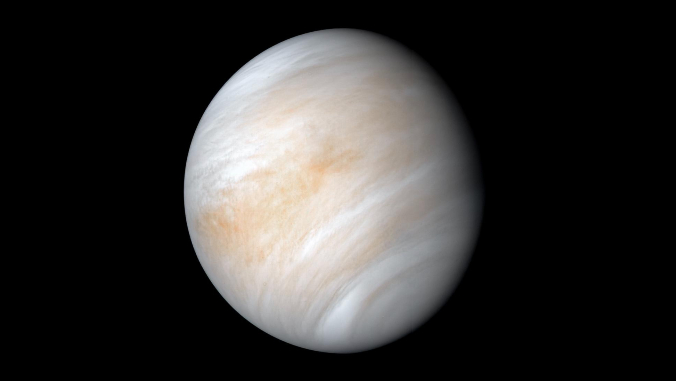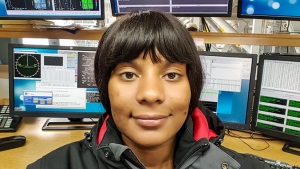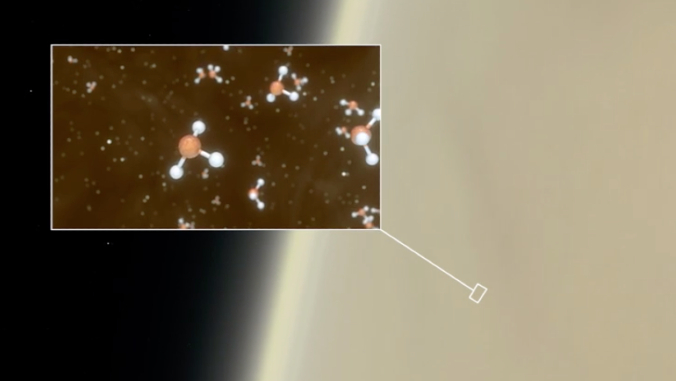
The September 2020 announcement that signs of potential life were detected on Venus by an international team of astronomers made headlines worldwide. University of Hawaiʻi at Hilo graduate E’lisa Lee played a role in the discovery. She was among the researchers at the James Clerk Maxwell Telescope (JCMT) on Maunakea when the gas phosphine was observed in Venusʻs upper clouds. On Earth, phosphine comes from microbes that thrive in oxygen-free environments.
“I would check the data to see if it fit the parameters for what was being observed. I distinctly remember for this project, we thought something along the lines of, ‘this might be something!’ when we saw the raw data,” she explained.

The UH Hilo alumna was an extended observing operator at JCMT. The submillimeter observatory operates at much longer wavelengths than other telescopes on Maunakea, which allows it to conduct observations during the day. Lee would operate the telescope between 4 a.m. and 12 p.m., shutting down when the sun got too high.
- Related UH News story: New Hawaiian word created to mark signs of life on Venus, September 15, 2020
She describes playing a part in the groundbreaking discovery on Venus as a mix between overwhelming and exciting. “To have contributed in any capacity to the scientific process, it’s hard to put into words the exact feelings. Even if this particular discovery, this particular observation turns out to be something more mundane than what it might be, then I will still have participated in the discovery of something new.” Lee identifies as an Indigenous American, her ethnicity includes a blend of Mexican and Nigerian.
Astronomy has fascinated Lee since she was a little girl. A trip to Griffith Observatory in Los Angeles with her dad was all it took to reel in the Southern California native to the astronomical field. “The different exhibits there were my first real exposure to astronomy, and my dad would point out the different constellations to me, the few that he knew, anyways. After that, I was hooked. I began reading whatever science books on which I could get my hands.”
After graduating from a Long Beach charter school in 2009, Lee’s dad saved money from his welding job to send the aspiring astronomer to UH Hilo. In 2016, she earned a bachelor of science in astronomy and minors in physics and Japanese studies.
Lee is currently pursuing a master’s degree in physics at California State University, Fresno, all while conducting research on quasars, the most energetic objects in the universe powered by supermassive black holes. Long term, she hopes to hone in on a career in astrophysics and work for NASA’s Jet Propulsion Laboratory. Lee would also like to eventually establish a scholarship to encourage more women and minorities to study physics and astronomy.
“Astronomy as a field touches on nearly everything, even if most people don’t realize it. Astronomy ties into physics, chemistry, history and culture. It’s the one thing that every civilization on the planet has participated in to some degree, at some point everyone has looked up at the sky,” said Lee.


